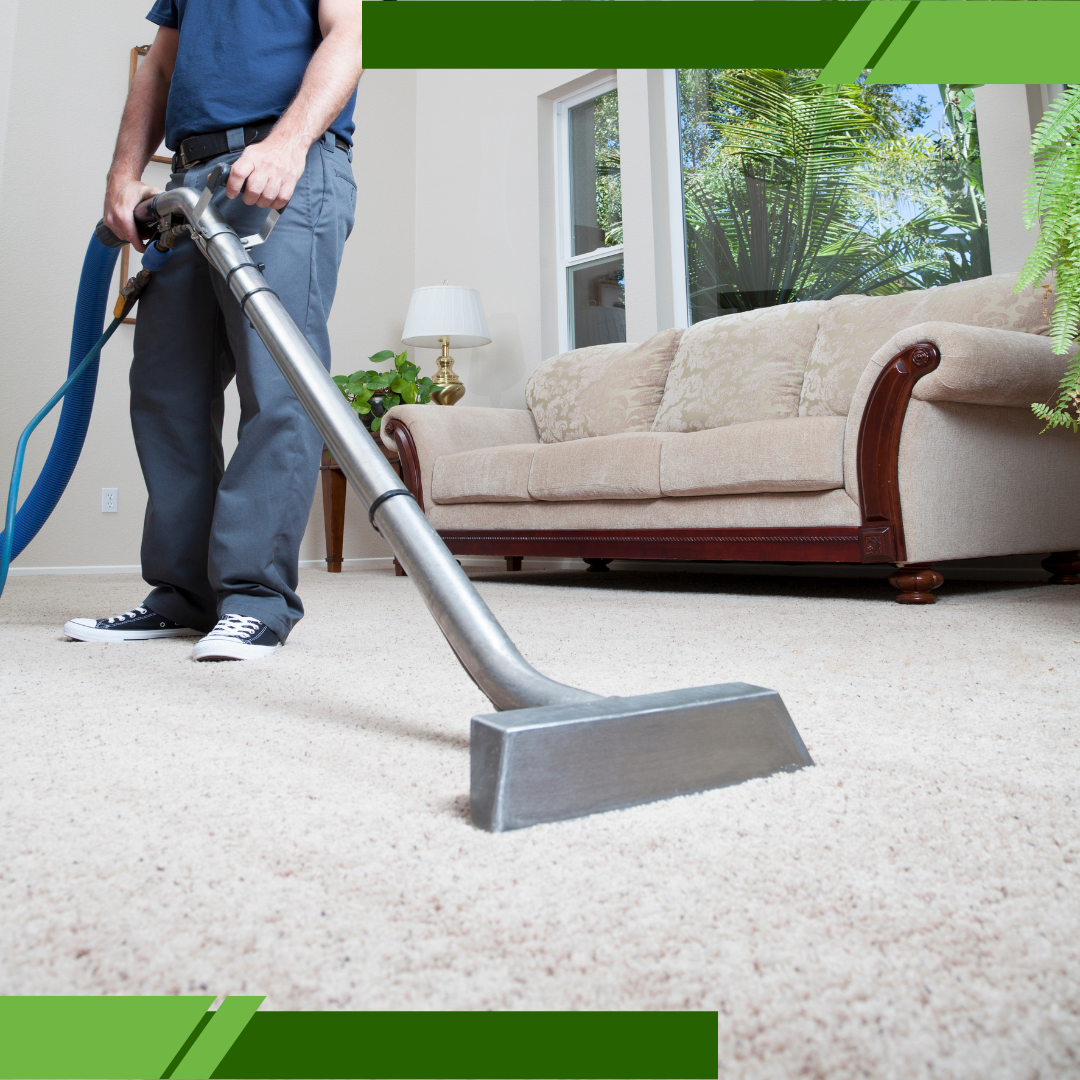Get in touch
Fill this up to proceed

We are committed to providing a world-class carpet, rug, upholstery, drapery or mattress cleaning services that will open your door to a happier and healthier green indoor environment.
Over time, they collect dirt, dust, allergens, and stains that will surely require deep rug cleaning tips. Whether your rug is made of synthetic fibers, cotton, or blends, it requires occasional deep rug cleaning to stay fresh and last longer. However, many people damage their rugs by using the wrong products or techniques. That’s why following the right deep rug cleaning tips is so important. In this blog, you’ll learn the safest and most effective ways to deep clean your rugs, avoid common mistakes, and know when it’s time to call in a professional.
Before you begin deep cleaning your rug, it’s essential to prepare properly. This ensures a more effective rug cleaning process and protects your flooring and rug material from accidental damage. The first step is to vacuum both sides of the rug thoroughly. This removes surface debris, dust, and loose dirt that could interfere with the cleaning process.
Next, check the rug’s care label to determine if there are any fiber-specific recommendations or warnings. Test any cleaning solution on a small, hidden area to make sure it doesn’t discolor or damage the rug. These steps may seem minor, but they are the foundation of all effective deep rug cleaning tips.
Preparation checklist for deep rug cleaning:
By taking a few minutes to prep properly, you’ll reduce the risk of damage and improve your cleaning results.

Once the rug is prepped, it’s time to start the deep cleaning process. For most types of rugs, a mild detergent mixed with cold or lukewarm water will be sufficient. Avoid using hot water, as it can damage certain materials and cause shrinkage. Apply the solution with a soft brush or sponge, working in small sections to avoid over-saturating the rug.
After applying the solution, gently scrub using circular motions, then blot the area with clean towels to lift the dirt and moisture. Rinse with clean water if necessary and blot again until the area is as dry as possible. Let the rug air dry flat in a well-ventilated space.
Proven deep rug cleaning tips:
These techniques will help you remove dirt and odors without compromising the rug’s structure.

Even the best intentions can go wrong when using the wrong methods or tools. Many common cleaning mistakes result in permanent damage, such as color fading, fiber fraying, or unpleasant odors from trapped moisture. One of the top deep rug cleaning tips is to always use the gentlest methods possible — harsher does not mean cleaner.
Avoid using bleach or ammonia-based products, as they can strip colors and weaken fibers. Never scrub a rug aggressively, especially if it’s looped or has a delicate pile. Finally, don’t hang a wet rug to dry, as gravity can cause warping or stretching.
Cleaning mistakes to avoid:
Awareness of these mistakes helps ensure that your rug comes out clean and intact after every deep clean.
While many homeowners can handle light to moderate rug cleaning at home, there are times when professional help is the best route. Rugs with deep stains, persistent odors, or significant wear often require specialized care. Likewise, large area rugs or high-value pieces like Persian or antique rugs should be cleaned by experts.
Professionals use industrial-grade equipment and safe cleaning solutions to remove grime deep within rug fibers without damaging the backing or causing shrinkage. They also control drying conditions to prevent mold or color bleeding. One of the most valuable deep rug cleaning tips is to know your limits — and trust the pros when the job gets too big.
Reasons to hire a professional:
Professionals can extend the life of your rug while restoring its original appearance and freshness.
Not always. Steam cleaners may damage delicate fibers or cause color bleeding. Always check the rug type before using heat-based cleaning.
Typically every 12 to 18 months, depending on traffic, pets, and visible soiling. More frequent cleaning may be needed in high-use areas.
Persistent odors may indicate deep-seated bacteria or mold. Use an enzyme-based cleaner or call a professional if the smell returns.
Yes, in moderation. A vinegar-water mix helps neutralize odors, and baking soda can absorb smells — just be sure to rinse and vacuum thoroughly.
No. Hanging can stretch or warp the rug. Always lay rugs flat to dry in a well-ventilated, shaded area.

We are committed to providing a world-class carpet, rug, upholstery, drapery or mattress cleaning services that will open your door to a happier and healthier green indoor environment.
We are committed to providing a world-class carpet, rug, upholstery, drapery or mattress cleaning services that will open your door to a happier and healthier green indoor environment.